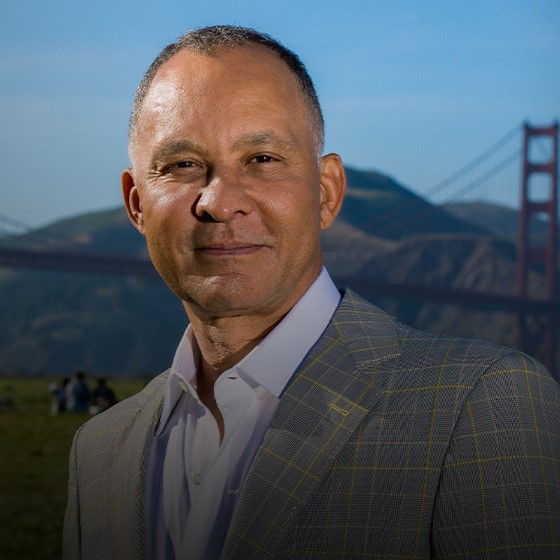Gynecomastia is common among adolescent boys and middle-aged, including older men. Hormonal imbalance, medication side effects and declining testosterone levels are the usual suspects.
Pseudogynecomastia, on the other hand, can happen to men regardless of age group. This condition is usually brought on by the presence of excess fat primarily in the chest area. However, due to their similarity in appearance – the best method of confirmation is via a doctor’s assessment.
Low Metabolism & Body Fat
Poor dietary habits and lifestyle choices easily contribute to a host of issues, including weight gain and the accumulation of excess fat. Excess fat often results in slower metabolism and testosterone levels and the production of aromatase. The aromatase enzyme converts testosterone to estrogen.
Men produce estrogen, albeit at a lower level compared to women. When a man’s body produces excess estrogen, the more the likelihood that excess fat will be stored. An area where this excess is usually more prevalent would be that of the chest or breast. This is what commonly causes pseudogynecomastia.
When the body produces excess estrogen, the more the likelihood that excess fat will be stored. Fat also causes the body to produce the aromatase enzyme. This enzyme converts testosterone into estrogen and is responsible for slowing down metabolism, which slows down the body’s ability to burn fat – you will lose fat but in lesser amounts. If not addressed, this can lead to more fat being stored causing an imbalance to the body’s hormone level.
An increased estrogen level in men also results in loss of muscle mass, fatigue and mood swings.
Low Testosterone
Low testosterone levels cause an increase in fat storage as the body’s fat-burning capability is reduced. This results in weight gain and the production of excess estrogen. One common sign of low testosterone sign is a decrease in libido. Frequent fatigue is also a sign in men.
Do I have Pseudogynecomastia?
There are simple self-check methods that one can carry out. For example:
• Appearance: Does your chest area look evenly enlarged?
• Excess fat: Is your exercise or workout routine not addressing the excess fat around the chest?
• Pain: Is it painful or does the area around the areolas when touched? (this could be a sign of gynecomastia)
The above list is not confirmation indicators. A trip to the doctor’s for a qualified assessment is highly recommended. Do take note that it is possible for an individual to suffer from both gynecomastia and pseudogynecomastia.


